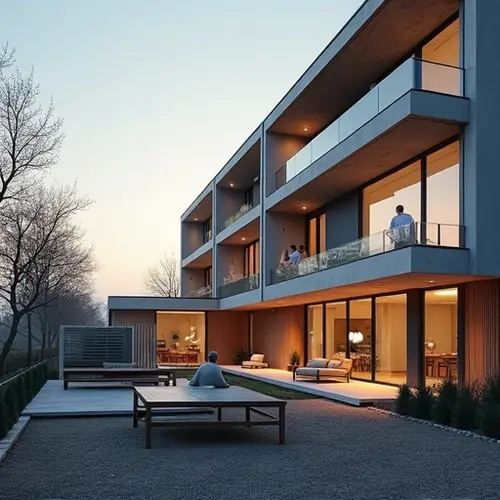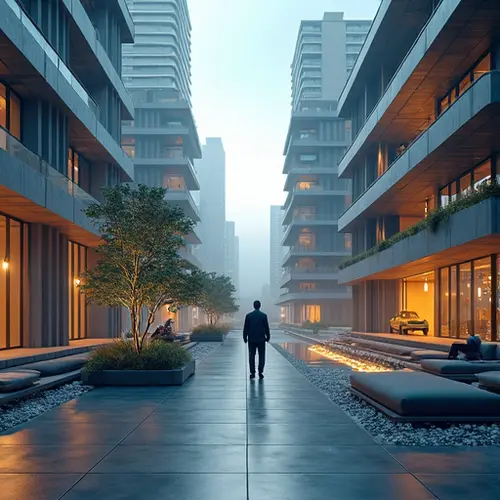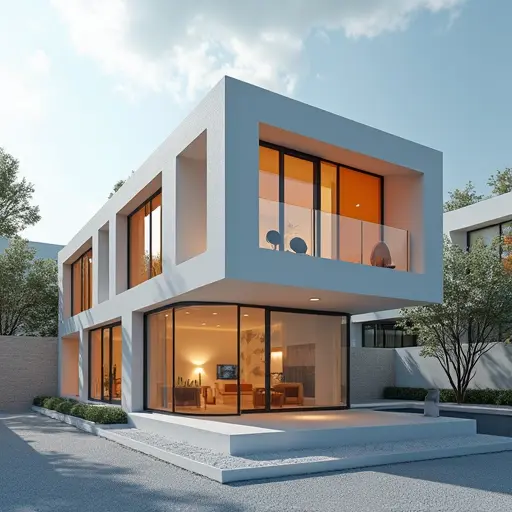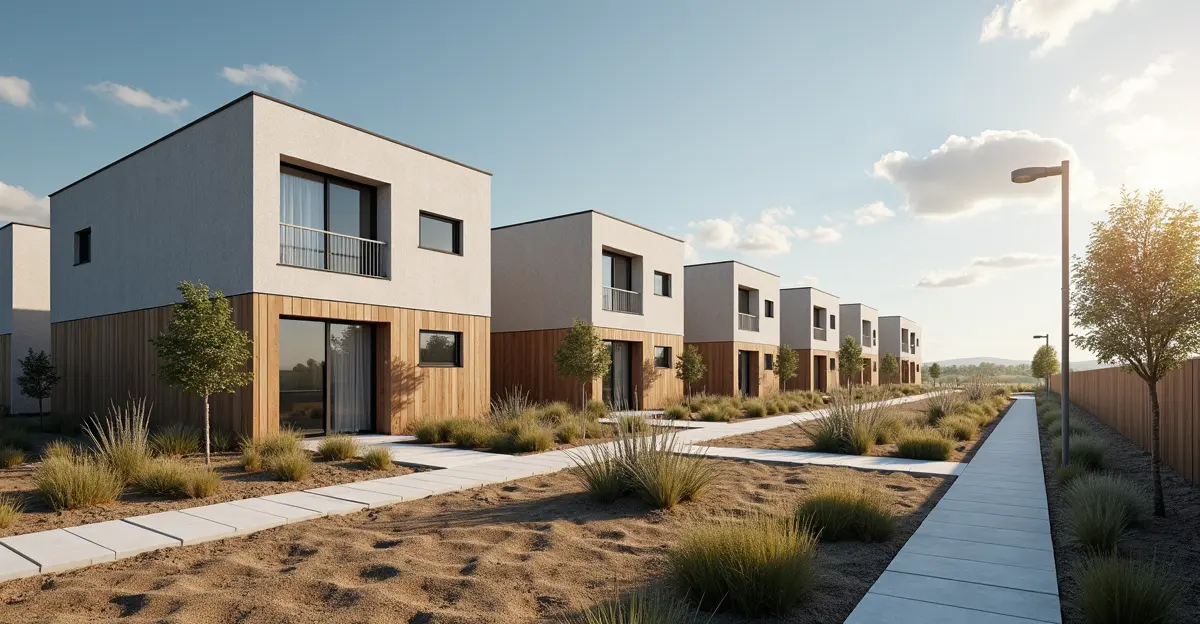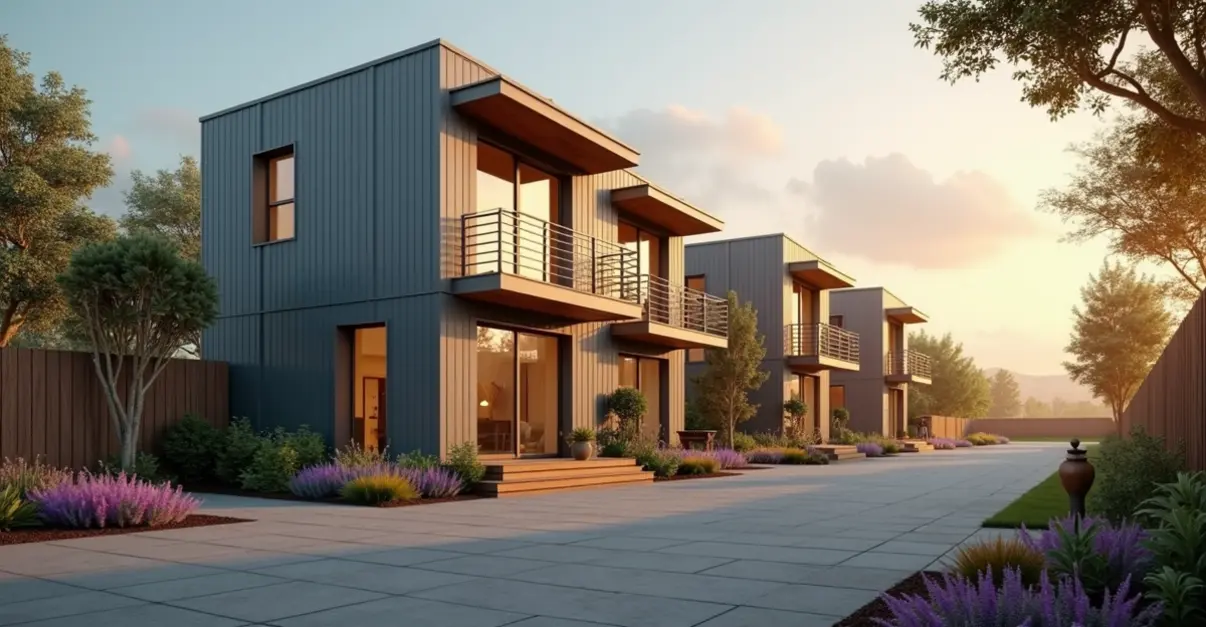3D-printed homes are transforming affordable housing with 20-40% cost savings, construction in days instead of months, and 70% less waste. Major projects in Texas and Virginia demonstrate the technology's viability.
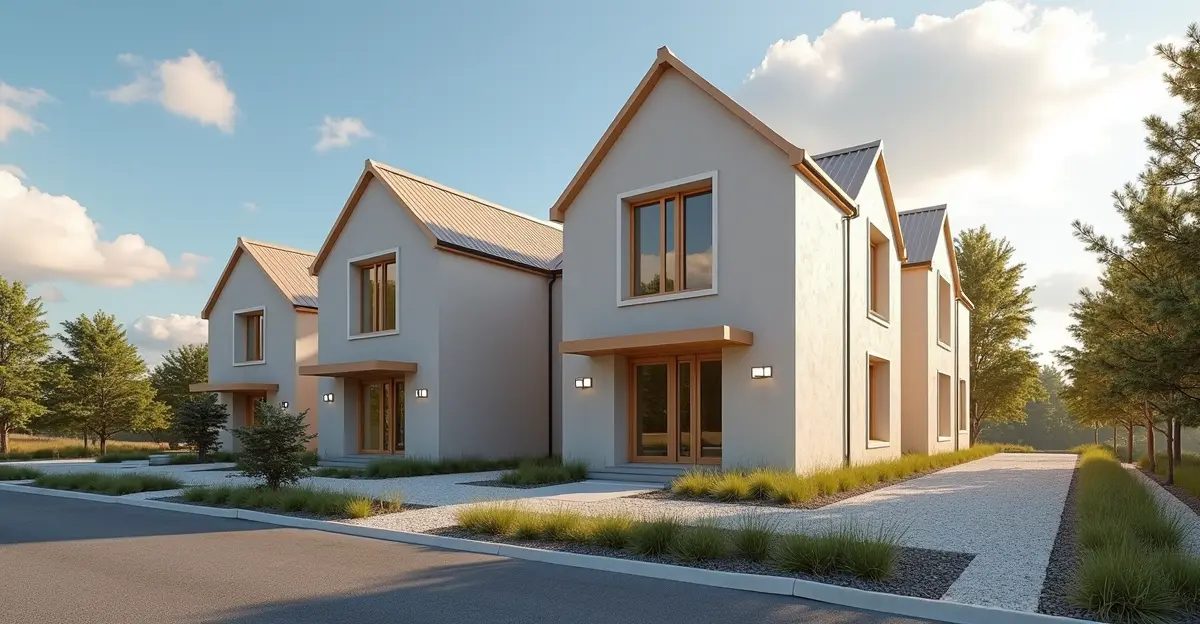
The Future of Homebuilding is Here
In a world grappling with housing shortages and skyrocketing construction costs, 3D-printed homes are emerging as a revolutionary solution that could transform how we build affordable housing. Using advanced robotic systems that layer concrete materials on-site, this innovative technology is proving to be faster, cheaper, and more sustainable than traditional construction methods.
How 3D Printing is Changing Construction
Construction 3D printing, also known as additive construction, involves using large-scale robotic printers that follow digital blueprints to build structures layer by layer. The technology primarily uses concrete extrusion methods, where specialized cement mixtures are precisely deposited to create continuous, monolithic walls. 'We're seeing construction times reduced from months to just days,' says construction technology expert Dr. Maria Rodriguez. 'The precision of robotic printing eliminates much of the waste and human error that plagues traditional construction.'
According to industry analysis, 3D-printed homes can be completed in 24-72 hours for the structural shell, with full construction taking 1-3 months compared to the 6-12 months typical for conventional homes. This dramatic time reduction translates directly into cost savings, with estimates showing 20-40% lower construction costs.
Real-World Success Stories
The most ambitious project to date is the Wolf Ranch community in Georgetown, Texas, where Lennar and ICON have created the world's largest 3D-printed housing development. 'We've built 100 homes here, and 75% are already sold,' reports project manager John Anderson. 'The distinctive rounded concrete walls not only look beautiful but provide incredible energy efficiency.'
Residents are reporting remarkable benefits. 'My electric bill was just $26 last month,' says homeowner Sarah Chen. 'The concrete walls maintain temperature so well that we barely need heating or cooling.' The success has been so significant that Lennar is already planning a second Texas development with 200 larger homes at even lower costs.
Meanwhile, Alquist 3D is undertaking what they call the "world's largest" 3D printing construction project in Virginia, planning to build 200 homes to address the region's affordable housing crisis. Their partnership with organizations like Habitat for Humanity demonstrates how this technology can serve vulnerable populations.
Cost and Environmental Benefits
The financial advantages are substantial. Current estimates from construction cost analysis show 3D-printed homes in North America cost approximately $80-150 per square foot, translating to $120,000-$225,000 for a 1,500 square foot home. This represents 10-35% savings compared to traditional construction.
Environmental benefits are equally impressive. The precise material application reduces construction waste by up to 70%, and many companies are incorporating recycled materials into their concrete mixtures. 'We're not just building faster and cheaper—we're building smarter and greener,' notes sustainability expert Dr. James Wilson.
Challenges and Future Outlook
Despite the promising progress, challenges remain. Building codes and regulations are still catching up with the technology, and questions about long-term durability and material performance need continued validation. 'The industry needs standardized testing and certification processes,' explains building inspector Michael Thompson. 'We're working closely with developers to ensure these homes meet all safety standards.'
Looking ahead, the integration of artificial intelligence and improved material science promises even greater advancements. Companies are exploring multi-story structures and more complex designs, pushing the boundaries of what's possible with 3D printing technology.
As industry experts note, while the construction revolution hasn't fully materialized as quickly as some predicted, steady progress continues toward making 3D-printed homes a mainstream reality. With global housing shortages affecting millions, this technology offers a promising path toward more accessible, sustainable, and affordable housing solutions for communities worldwide.

 Nederlands
Nederlands
 English
English
 Deutsch
Deutsch
 Français
Français
 Español
Español
 Português
Português




